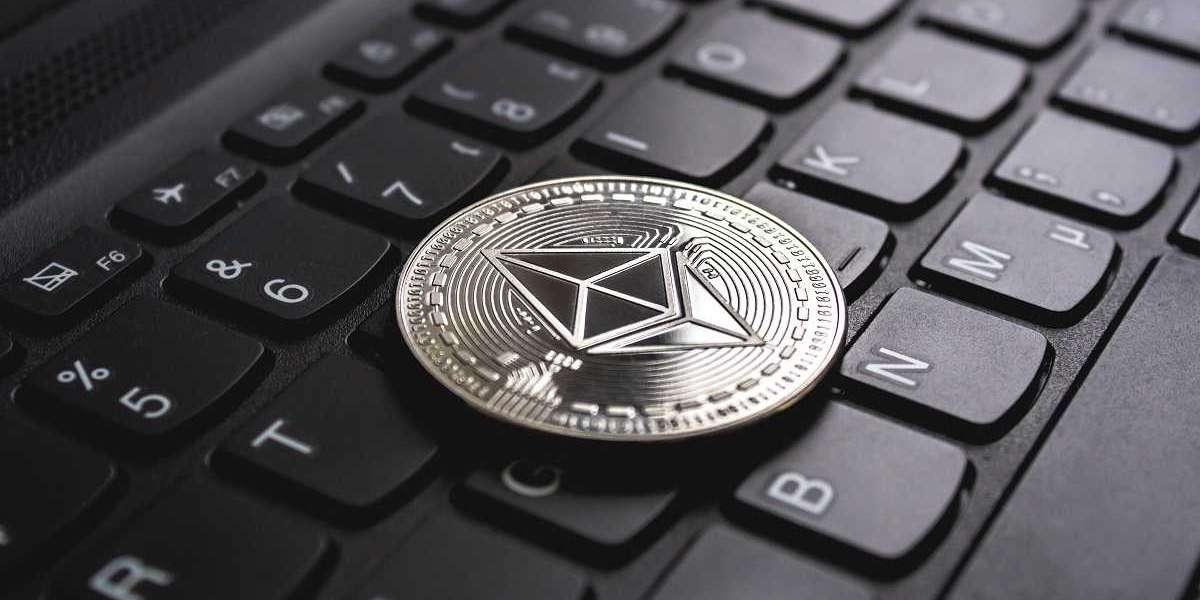Decentralized Finance, or DeFi, has emerged as one of the most exciting and rapidly growing sectors within the cryptocurrency ecosystem. At the heart of this financial revolution lies Ethereum, the world's leading smart contract platform. Ethereum's thriving ecosystem serves as the foundation for a wide range of DeFi applications and protocols, offering users unprecedented access to financial services without the need for intermediaries. In this article, we will delve into the world of DeFi on Ethereum, exploring its key components, innovative projects, and potential impact on the future of finance.
The Rise of DeFi
DeFi represents a paradigm shift in the way financial services are accessed, utilized, and governed. By leveraging blockchain technology and smart contracts, DeFi platforms enable users to engage in various financial activities, including lending, borrowing, trading, and asset management, all within a decentralized and permissionless environment. Ethereum's programmable infrastructure makes it the ideal platform for building and deploying these innovative DeFi applications, fueling the explosive growth of the ecosystem.
Decentralized Exchanges (DEXs)
One of the cornerstones of DeFi on Ethereum is decentralized exchanges (DEXs). These platforms enable users to trade cryptocurrencies directly with one another, without relying on centralized intermediaries. Leading DEXs such as Uniswap, SushiSwap, and Curve have seen exponential growth in trading volume and liquidity, offering users a seamless and efficient way to exchange digital assets while maintaining control of their funds. The automated market maker (AMM) model pioneered by Uniswap has revolutionized the DEX landscape, providing liquidity providers with incentives to contribute assets to liquidity pools and earn fees in return.
Lending and Borrowing Protocols
Another key aspect of DeFi on Ethereum is lending and borrowing protocols. Platforms like Compound, Aave, and MakerDAO allow users to lend out their digital assets and earn interest, or borrow assets against their collateral. These protocols utilize smart contracts to automate the lending and borrowing process, removing the need for traditional financial intermediaries such as banks. Users can access liquidity quickly and easily, with interest rates determined by supply and demand dynamics within the protocol's liquidity pools.
Yield Farming and Liquidity Mining
Yield farming and liquidity mining have become popular strategies for users to earn passive income in the DeFi space. These strategies involve providing liquidity to DeFi protocols in exchange for rewards, which are often distributed in the form of additional tokens or governance tokens. Yield farmers and liquidity providers can optimize their returns by strategically allocating their assets across different protocols and taking advantage of yield optimization strategies.
Governance and Decentralized Autonomous Organizations (DAOs)
Governance plays a crucial role in the decentralized nature of DeFi protocols. Many projects on Ethereum are governed by decentralized autonomous organizations (DAOs), which allow token holders to participate in decision-making processes related to protocol upgrades, fee structures, and governance proposals. DAOs enable community-driven governance, giving stakeholders a voice in shaping the future direction of DeFi protocols.
Challenges and Opportunities
While DeFi on Ethereum offers numerous benefits, including financial inclusivity, transparency, and censorship resistance, it also faces challenges such as scalability, security, and regulatory uncertainty. Scalability issues have led to high gas fees and network congestion during periods of high demand, hindering the user experience for DeFi applications. Security vulnerabilities and smart contract exploits have also posed risks to users' funds, highlighting the importance of robust security measures and thorough auditing processes.
Conclusion
In conclusion, Ethereum's thriving DeFi ecosystem represents a paradigm shift in the way financial services are accessed and utilized. By leveraging blockchain technology and smart contracts, DeFi protocols offer users unprecedented levels of financial autonomy, transparency, and innovation. As the ecosystem continues to evolve and mature, it is poised to play an increasingly significant role in reshaping the future of finance, paving the way for a more inclusive, accessible, and decentralized financial system.
For More interesting content Visit Powerpostnow daily.








